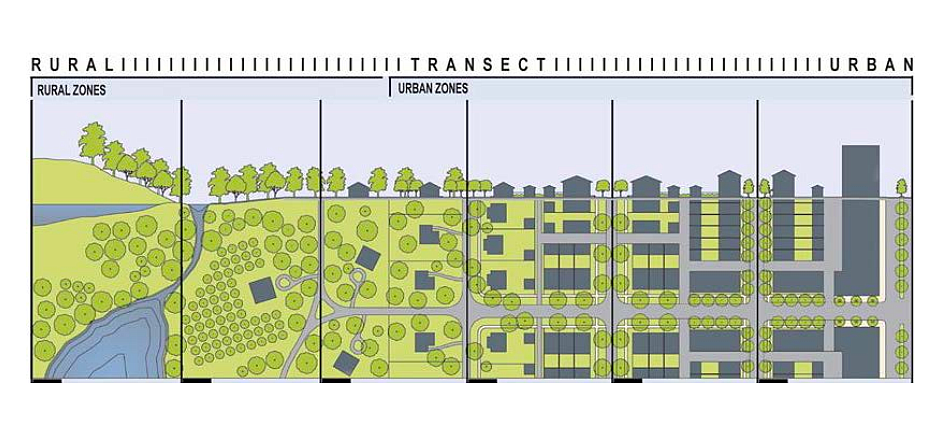- July 2, 2025
-
-
Loading

Loading

A 354-page document that could reshape development throughout the city of Sarasota is finally available for public review.
The city published a draft version of the proposed form-based zoning code Friday. The city created the Urban Design Studio to draft the new code in 2013. Since then, the Urban Design Studio has engaged with residents and other stakeholders to craft new regulations governing new projects and more.
When the city originally decided to hire Urban Design Studio Director Karin Murphy in June 2013, officials saw a form-based code as an opportunity to address issues with the city’s existing zoning regulations. One of the goals of the project is to create more predictability regarding new development for both residents and property owners.
The form-based code attempts to use new-urbanist design principles to determine what can be built in different segments of the city. That emphasizes the creation of walkable, mixed-used districts. It also focuses primarily on the design of a building, rather than the proposed use within, to determine what can be built.
Officials originally hoped the new code would be finished within two and a half years. Murphy said the extra time has been used to craft regulations that reflect the desires of residents, gathered in a series of community workshops and meetings. That effort is reflected in the code’s second section, which includes a series of neighborhood-specific development standards.
As the city has worked on drafting the code, some residents have raised questions about the proposed regulations within the document. That includes the resident activist group STOP, which has organized to oppose the expansion of the administrative development review process outside of the downtown area. Those residents have argued a public hearing process is necessary to give residents input on individual developments.
The code does propose an expansion of administrative review. The regulations still require public hearings in front of the planning board in several cases — for example, any projects that propose a use not allowed by right, or new developments with more than 30,000 square feet of gross floor area.
The document advances other concepts about which residents have expressed some trepidation. The code includes provisions for greatly increasing the density in certain residential areas, targeting properties along planned transit corridors and in segments of the city that could become walkable.
Under the proposal, a developer must provide certain benefits to the city in exchange for increased density. Specific terms have not been identified, but the developer would have to support the city’s pursuit of affordable housing, enhanced parks or improved transit.
The incentive system could allow for a density increase from 13 units per acre to 75 units per acre in some areas. In the downtown core, the maximum allowed density would be 150 units per acre — triple the amount allowed without incentives. Murphy has already said that provision can be cleanly removed if sufficient support does not exist.
The city has scheduled a series of public workshops and meetings through October to review the code. The next meeting is scheduled for March 15, focused specifically on administrative review. An ongoing calendar of events will be available on the city website.
Deputy City Manager Marlon Brown said staff has been working with the Urban Design Studio to make sure the proposals in the code can be implemented, but more changes will be necessary as residents review the document. He believes the code is an upgrade from the current zoning regulations, particularly in terms of predictability and clarity.
Still, city officials said they plan to take seriously the input they hear from the public as the code is refined — and they urged residents to participate in the forthcoming review process.
“We think we’re moving in the right direction, but we don’t want to start signing and sealing this document until we really vet it with the public,” Brown said.